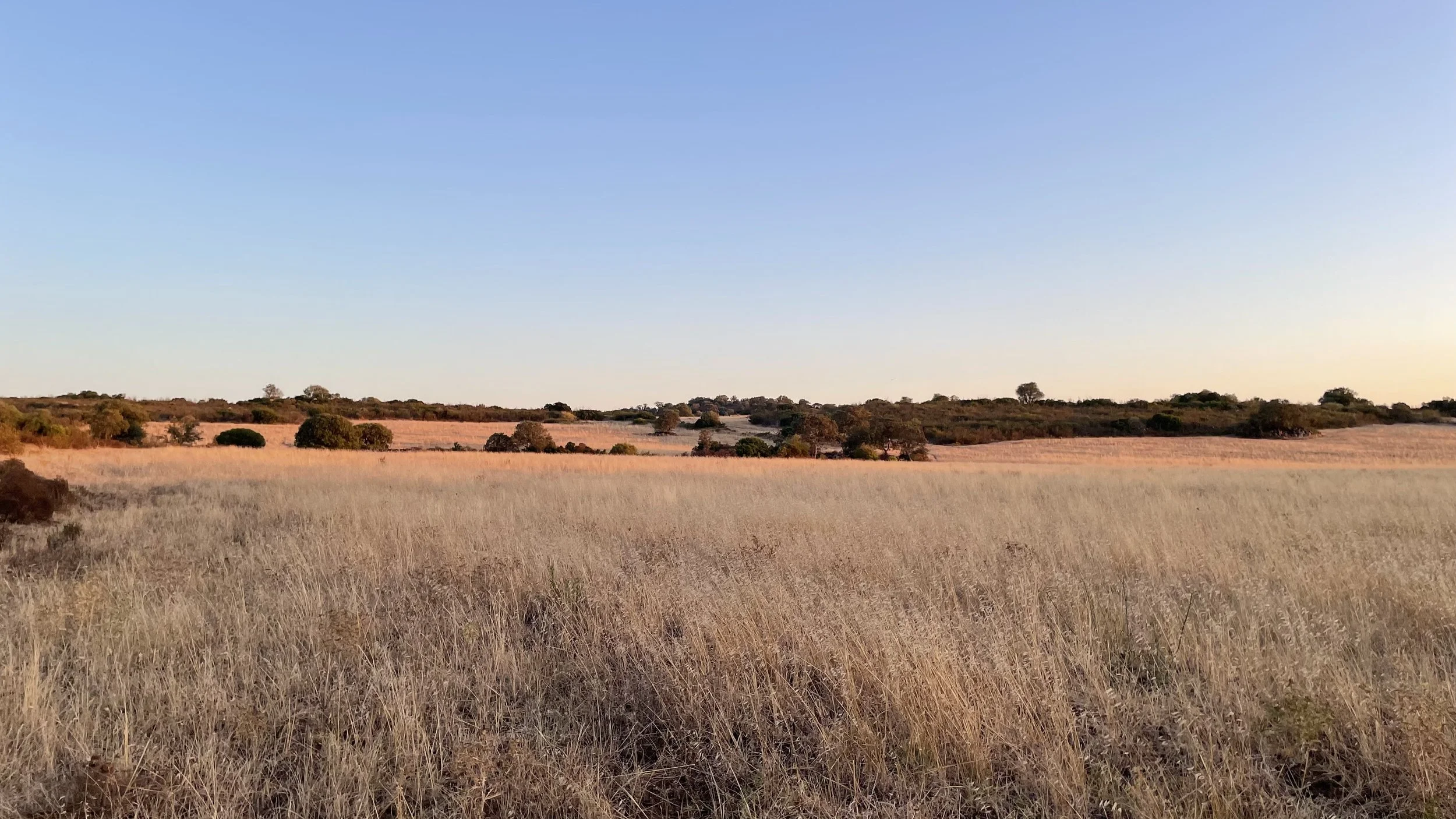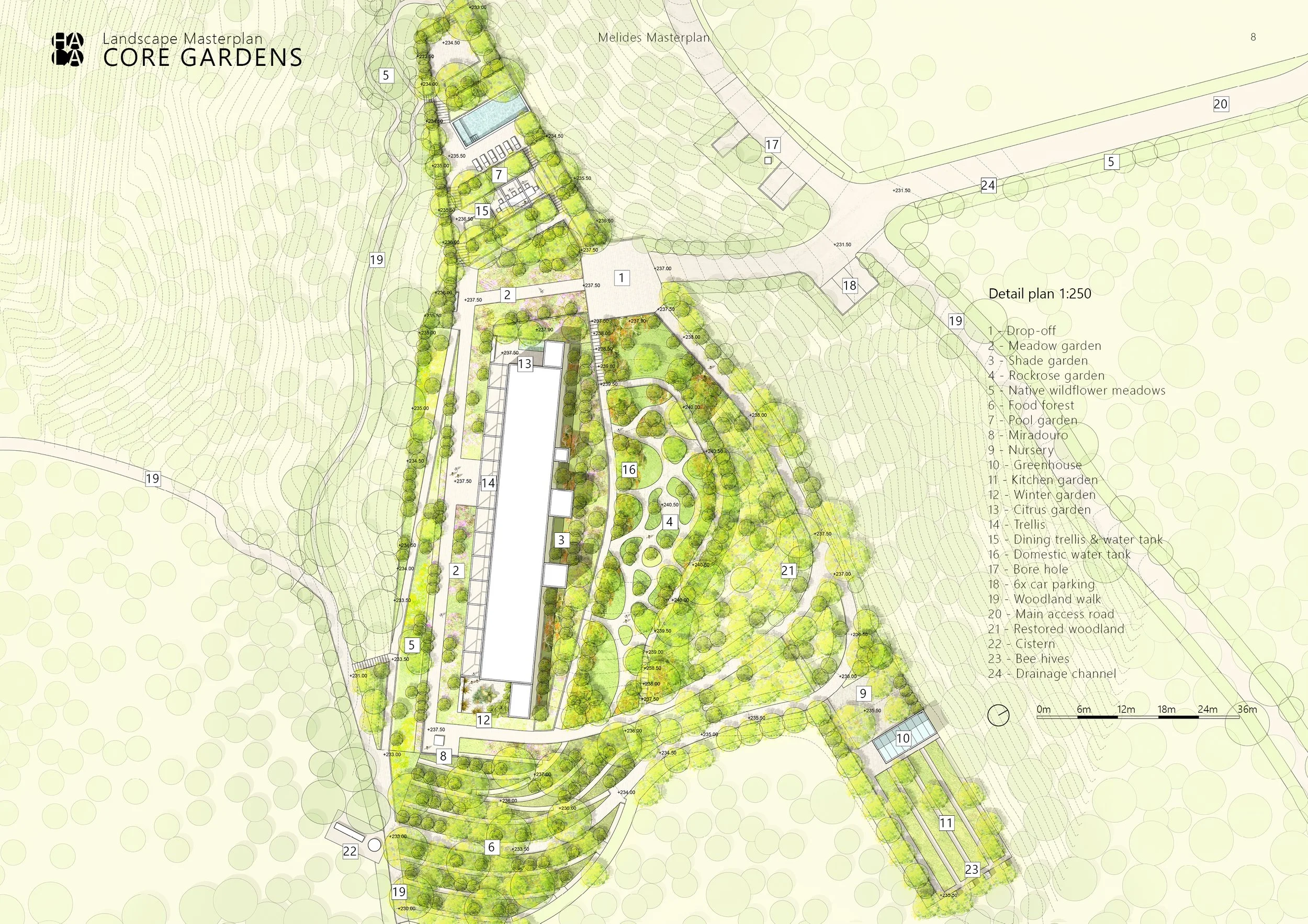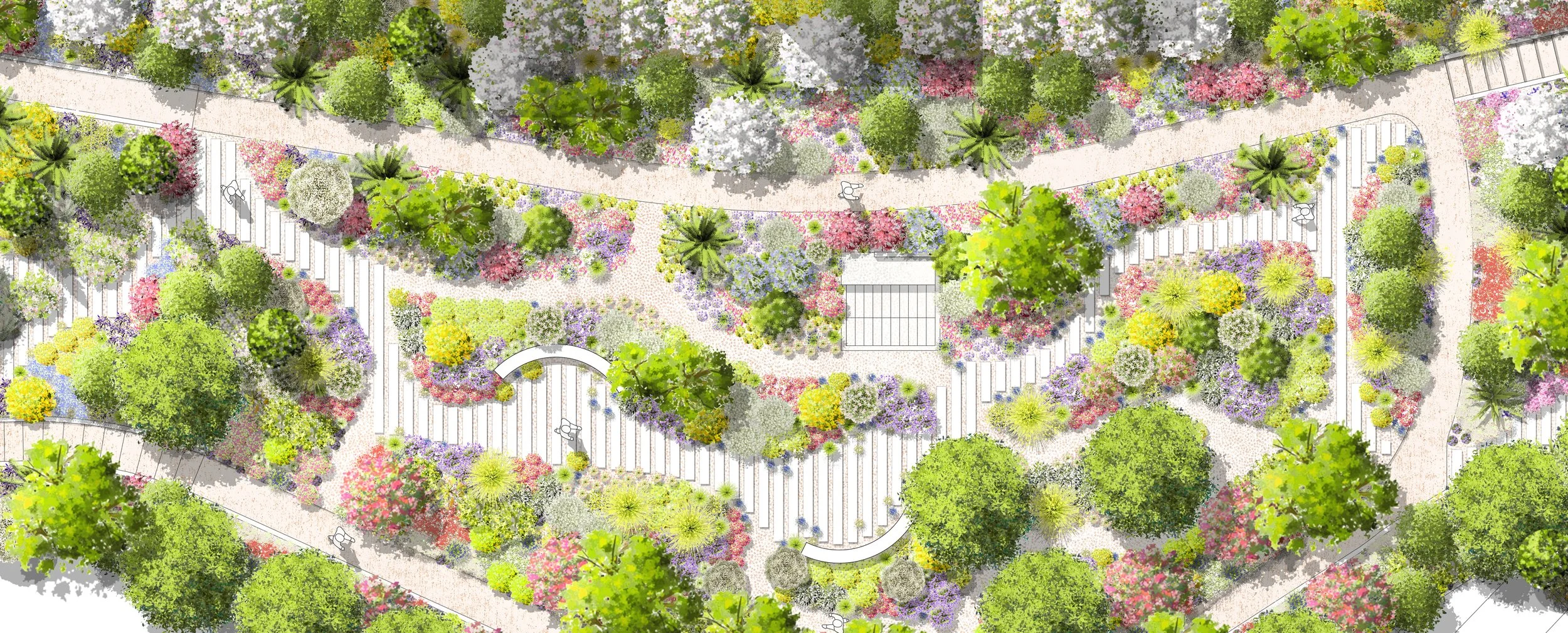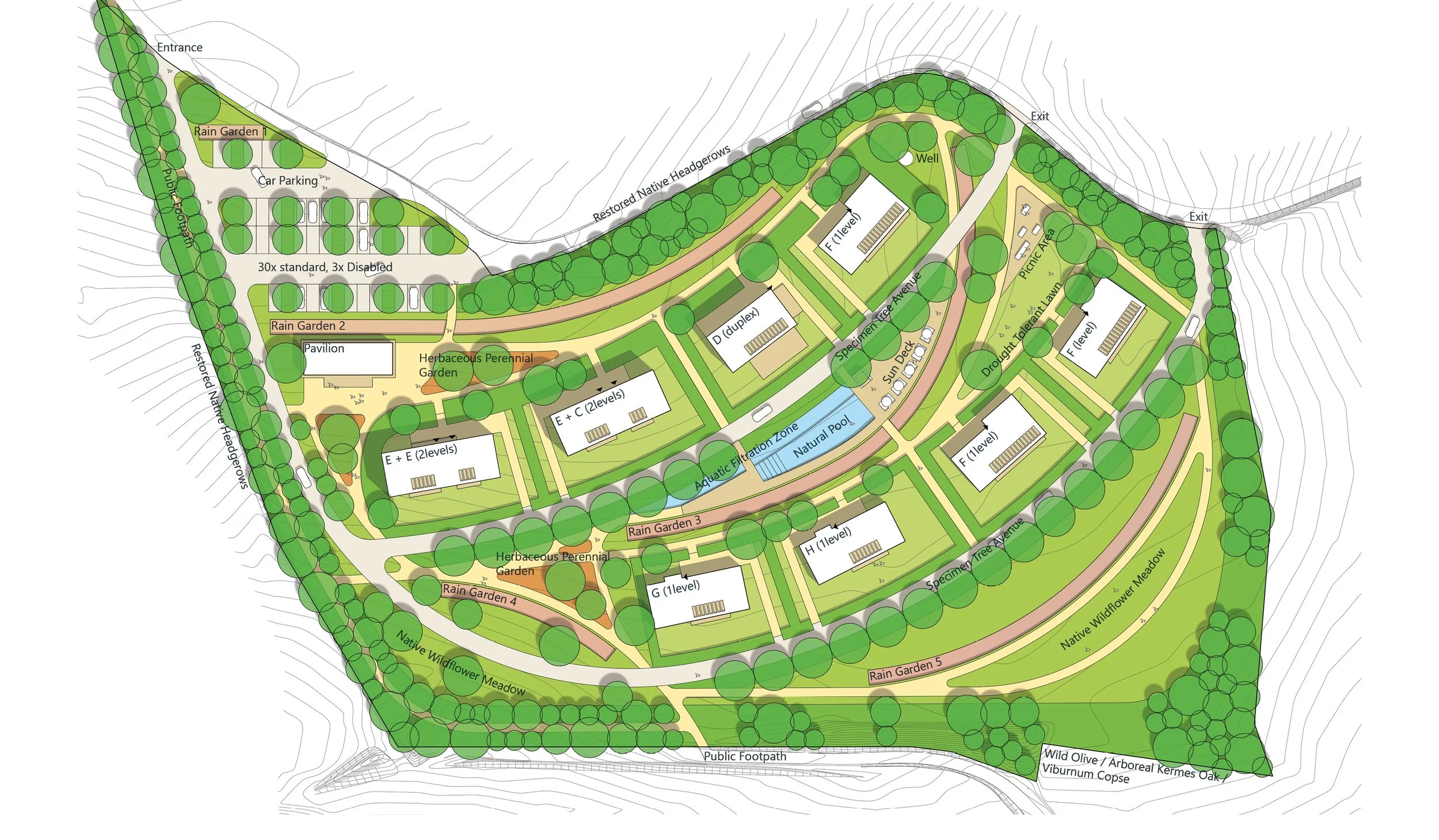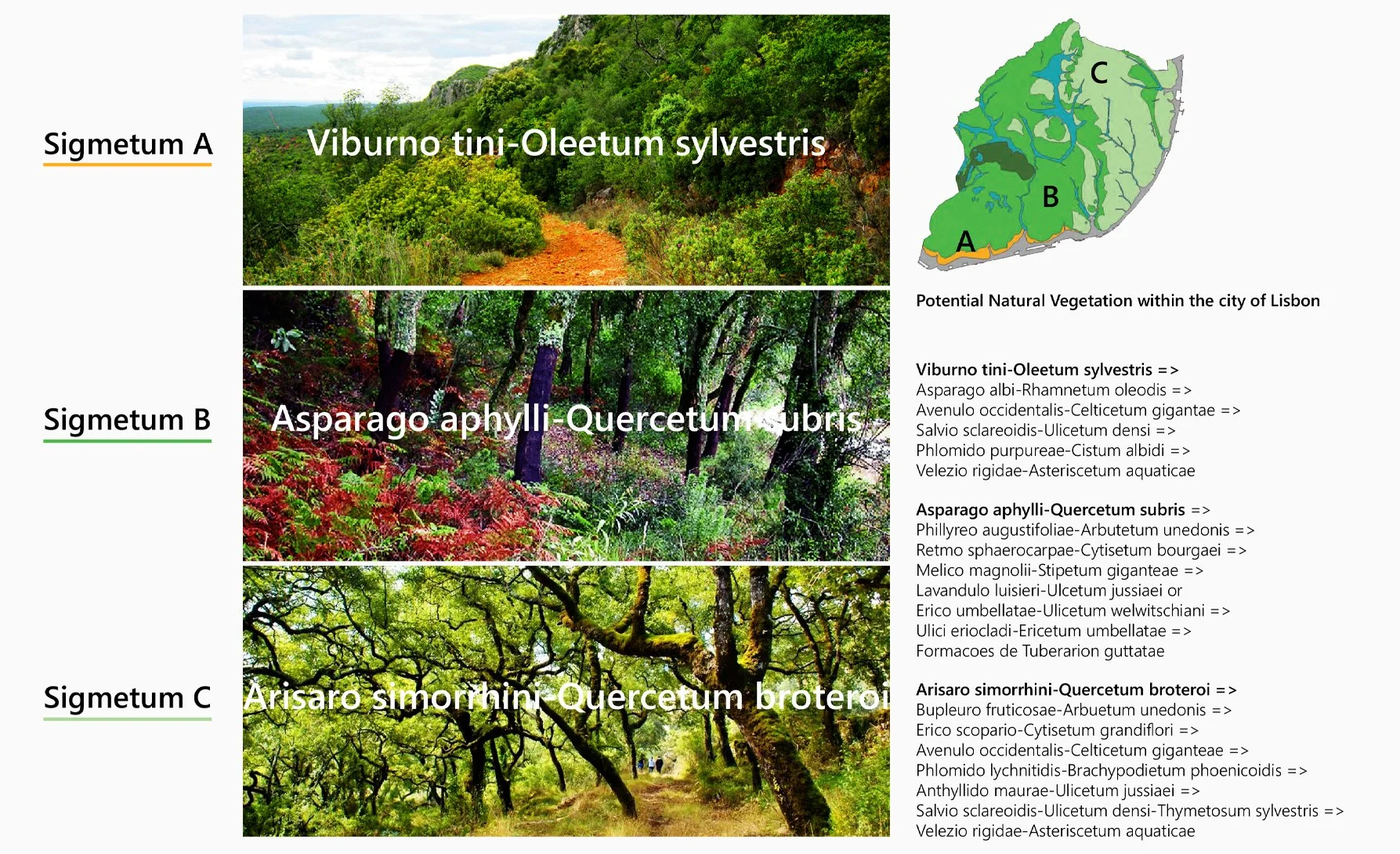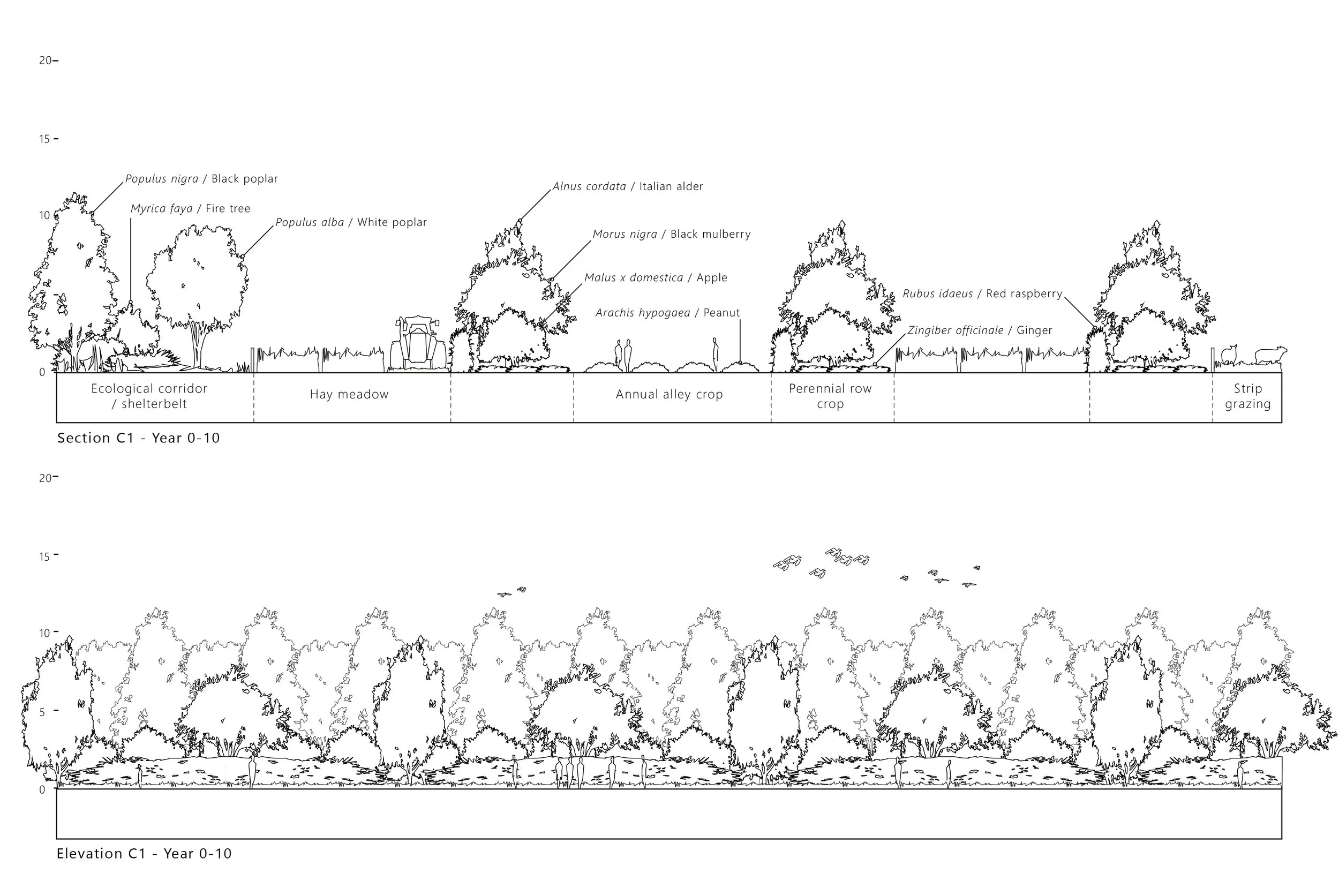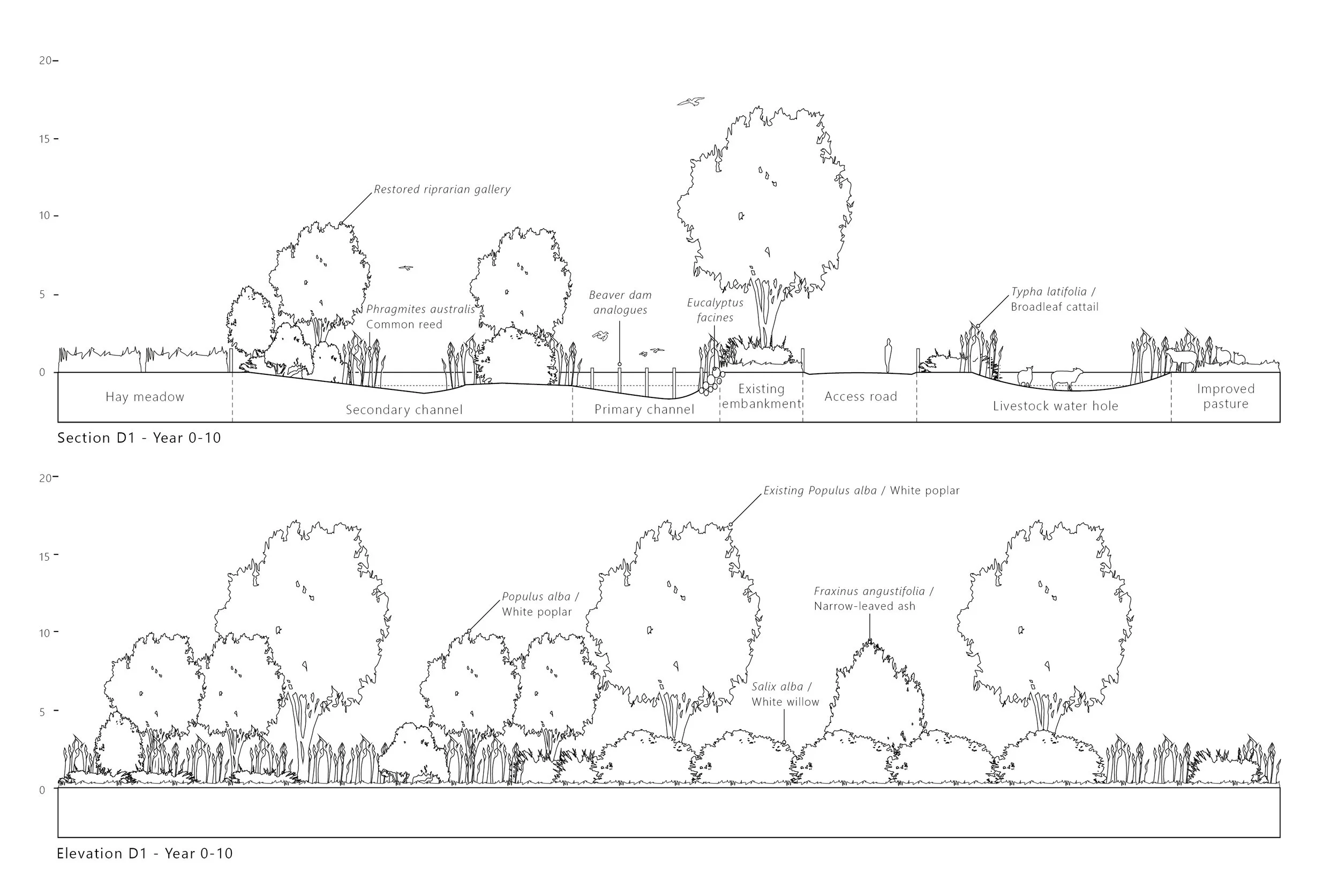Mira
21ha Agroecological gardens and hospitality development
Fields: Landscape Architecture, Ecological restoration, Regenerative agriculture
Deliverables: Landscape Masterplan, Business development
2023 Mombeja, Portugal - Coming soon
HA Landscapes is excited to announce the recent purchase of 21 hectares of land near Mombeja, Alentejo in the south of Portugal. Stay tuned over the coming months and years as we aim to develop this strategically located site, equidistant between Lisbon and the Algarve, into a mixed-use masterplan where we will have our residence, design studio and a range of experimental landscape systems.
A landscape of unique attributes, the site sits high above the surrounding Beja peneplain, nestled within a tranquil mosaic of holm oak and myrtle woodland, wild olive, buckthorn, rosemary and asparagus maquis, traditional wheat cultivation, olive groves and montado. Our goal will be to showcase best practice management of our enigmatic ‘black cotton soils’. Somewhat of a rarity in Europe, these soils cover 340 million hectares worldwide, primarily in other Mediterranean-type climate regions, India and Ethiopia. The unique challenges and constrains of these heavy clay soils will inform our conceptual framework going forward, with the aim of creating a destination with a deep sense of place and of fostering valuable knowledge for the regeneration of our Mediterranean soils, flora and traditional cultural practices.
Melides
10ha hospitality development
Fields: Landscape Architecture, Ecological restoration, Regenerative agriculture
Deliverables: Landscape Masterplan, Construction supervisionPartners: Aires Mateus Architects, Cru Atelier, Sigmetum, Lirium, Campestris, Jardimseco
2023 Grandola, Portugal - Ongoing
HA Landscapes was invited by the client to develop a Landscape Masterplan for a hotel and residence within a 10 hectare property in the hills of Grandola, located along the Atlantic coast in south-west Portugal. The concept for phase 1 of the landscape design was borne out of an interpretation of the potential natural vegetation of the surrounding cork oak and narrow-leaved mock privet forest sigmetum. Due to the sites topography along a high ridge, the proposed gardens surrounding the hotel occupy independent plains within the landscape, responding to gradients in soil moisture and soil depth across the space.
A network of gardens are proposed that represent the diverse series of vegetation communities found in the surrounding forest. Each garden has a unique interface with the main building, blurring the boundaries between inside and outside, drawing visitors out into a multi-faceted landscape that aims to be hyper-contextual, offering an experience that has a deep sense of place and connectivity to it’s surroundings. Phase 2 of landscape design will include an extensive no-till kitchen garden, vineyards designed using principles of the traditional trellised Vinho Verde system and 3km of woodland walks that circulate around the property, highlighting the beauty of the ancient cork oak forests.
S. Isidoro
2022 Ericeira, Portugal - Delivered
2.1ha urban development
Fields: Landscape architecture, Urban design, Ecological restorationDeliverable: Landscape Concept design submitted for PIP (Pedido de Informaçao Prévia)Partners: Rhyzo, Henrique Barros-Gomes Arquitectos, Jardim Serranos, Sigmetum
For the design of S. Isidoro, located along the Atlantic coast of central Portugal, the client requested a landscape led urban design approach, where the architects worked within the system developed for the landscape. Due to the sites position within a national agricultural reserve, the proposal at the strategic level was anchored around the restoration of a network of traditional hedgerows that had long disappeared. The hedgerows would structure the site, similar to a bocage system, acting as windbreaks due to the sites proximity to the ocean. The hedges offer new green corridors composed of native vegetation communities with the potential of extending beyond the project, connecting the adjacent watersheds and the remaining patches of intact native vegetation at a future stage.
Within the site the landscape was structured around five rain gardens running along contour. These interventions act as the backbone to the landscape, mitigating flooding issues and soil saturation common with the sites heavy clay soils. The rain gardens slow surface run-off, helping increase soil moisture into the summer drought, whilst recharging the aquifer below. Eight urban units and a pavilion are positioned within this system, taking advantage of breaks in the hedgerows, responding to specific panoramas of the Atlantic ocean and the Sintra hills beyond. Extensive wildflower meadows are proposed to act as the connective tissue between all the individual components within the landscape. Managed as conservation hay meadows for high species richness, the meadow species compositions is based on the specific potential natural vegetation of the seasonal alkaline meadows of central-west Portugal.
Parque Urbano do Casal Vistoso
2022 Areeiro, Lisbon, Portugal - Constructed
0.3 ha reforestation project
Fields: Landscape architecture, Ecological restoration, Community organisationDeliverable: Landscape Concept designPartners: Urbem, Rhyzo, City Council of Lisbon
To read more follow the link
The goal for this community organised urban reforestation project was to create a space for local activities sited within an engaging green space within the broader context of the park, whilst utilizing the space as a series of experimental test plots where we could develop reforestation techniques based on the Miyawaki method, but highly adapted to a Csa Mediterranean climate.
The concept focused on partitioning the site into three wedges. Each wedge would represent one of three distinct vegetation communities (sigmetum) found within the city of Lisbon. The plots tested three approaches within each wedge; conventional high stem density found in traditional mesic Miyawaki projects, moderate stem density with broadcast native cover crops and moderate stem density with woodchip mulch. Monitoring and evaluation will record the results over a number of years to gauge the success of each approach. Feedback from the experiment will hopefully shed light on best practice techniques for reforestation within extended summer drought Mediterranean sites.
Regen Land
2021 Lagoa de Albufeira, Portugal - Investor presentation
50 ha regenerative farm
Fields: Regenerative agriculture, Ecological restorationDeliverables: Landscape concept design, Financial modelling
Partners: Rhyzo, Re:source
Regen Land was proposed as a multi-functional urban development sited adjacent to Lagoa de Albufeira, a nationally important bird reserve and popular recreation area. The development would include a 50 hectare regenerative farm located along the valley of the Ribeira de Aiana, leading directly into the lagoon. Due to the farm interfacing with the wetland area of the lagoon, and the clients desire to promote regenerative agriculture within the scope of the project, an innovative approach was taken for the landscape design.
The design response placed significant emphasis on ‘edge conditions’. Each unique edge to the farmland would produce its own distinct agroforestry system. To the north, along the lagoon edge a salt tolerant system was developed, intercropping high quality native perennial halophyte vegetables with mango, sea buckthorn and sumac for fruit and black cherry for timber production. All species are highly salt tolerant and have the capacity to resist saline incursion due to future sea level rise. Running through the center of the site, acting as the anchor for each system is a restored temporary Mediterranean watercourse. Eucalyptus facines and beaver dam analogues help reconnect the stream bed with the surrounding floodplain whilst restored white willow riparian galleries and narrow-leaved ash and white poplar floodplain terraces stabilize the banks and produce dense root-mats for denitrifying bacteria to filter the ground water as it percolates into the lagoon. Either side of the watercourse are large areas of silvo-pasture, predominantly black mulberry, used as a dry season fodder bank for ruminant livestock under rotational grazing. Along the rising valley sides, under xeric conditions, a woody perennial fruit system is proposed, focused primarily on the Portuguese crowberry.

